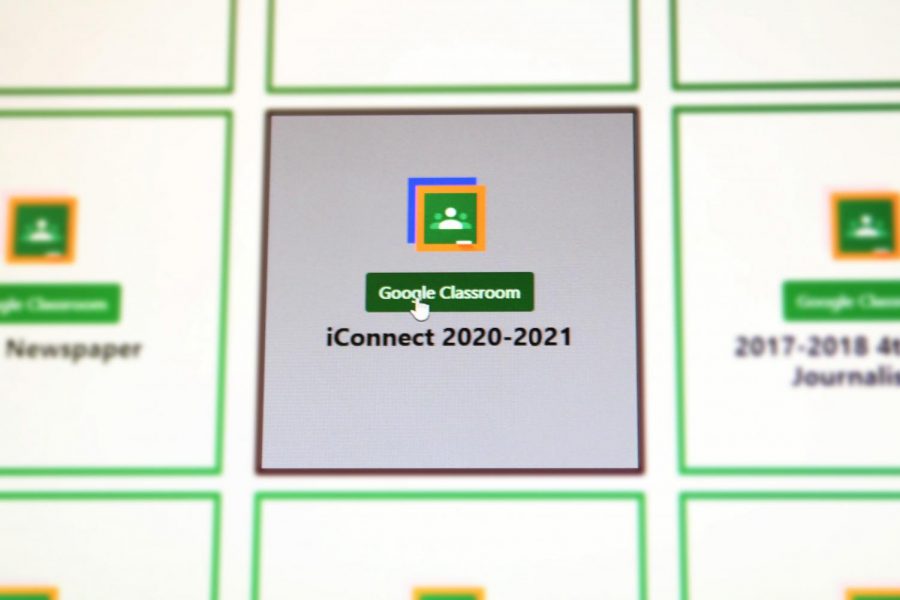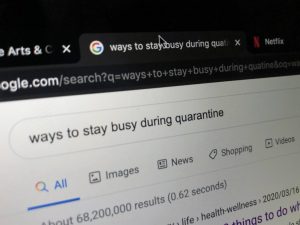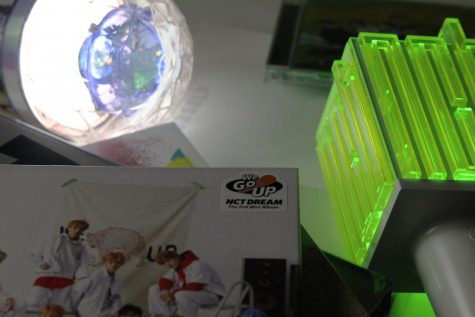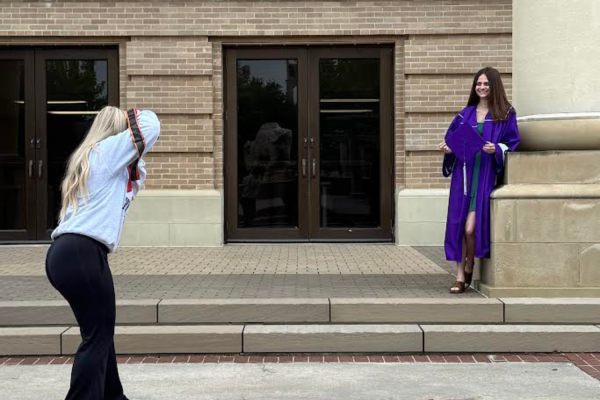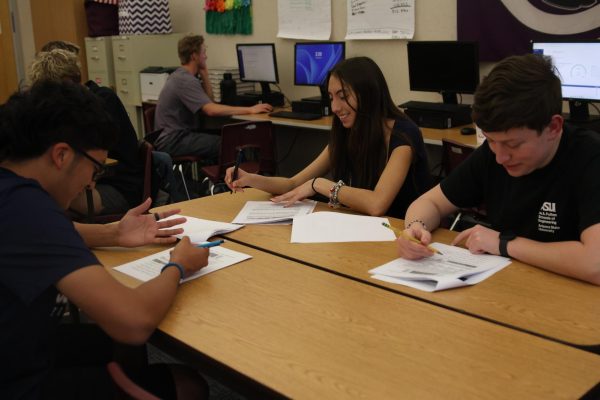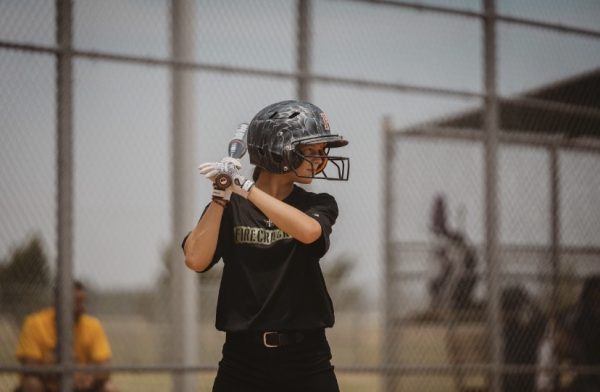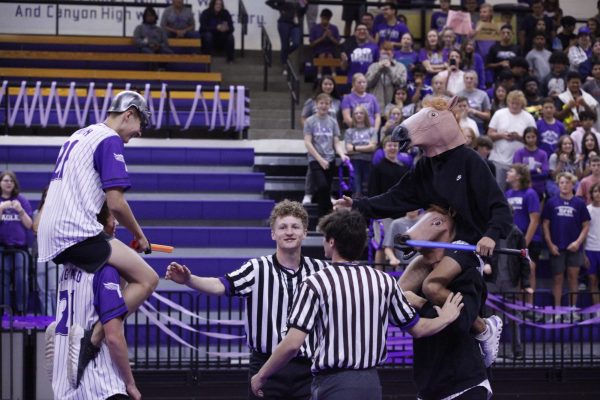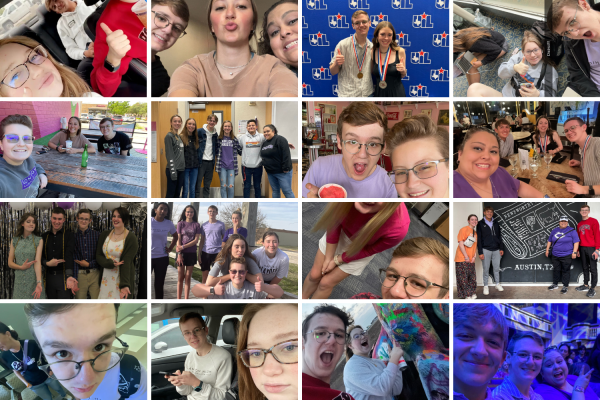Virtual school survival guide
Yearbook associate editor shares tips to help virtual learners
Virtual students can access their classes on the Virtual School Dashboard at class.cisd.us. Although adjusting to virtual schooling may be overwhelming, Seaton offers tips and resources to help students make the transition to an online environment.
Thanks to Ms. Rona, virtual school instruction will be available to students for some–if not all–of the 2020-2021 school year. After switching to work from home, many got along with the new environment fine. However, there are some–myself included–struggling to adjust to the new face that school has taken on. To make things easier, these are some tips for surviving virtual school.
To get started, assignments and notifications on Google Classroom can be a tad overwhelming. To make things easier throughout the week, make a planner listing every assignment for each day so it is all in one place and you can work one day at a time. Todoist for Chrome is an online planner that can be added to a Chromebook’s extension bar. Take time to add assignments for the week into this planner, and the app will send an email in the mornings listing what is to be done that day. Paper would work just as well to keep all the ducks in a row.
Sticky Notes is also an easy way to keep random thoughts in one place. This app is a lifesaver; before discovering this, I had sticky notes and papers strung across my walls and desk. For any thought having to do with my work or something I needed to do later, I could pull up my notes, type it in and move on. This chrome extension allows notes to be kept through multiple tabs and windows.
Here’s the thing: math is hard, and not having a calculator makes things harder. Texas Instruments is offering free use of the TI-84 Plus calculator. Originally, the Chrome extension was available through mid-August. However, Texas Instruments will offer access to the calculator through July 15, 2021. Not only is this a great resource for students at home, but for those at school as well. As long as the Chromebook is charged, you will have a calculator with you. It also cuts down viral contact because one object won’t be passed between multiple students throughout the day.
With most schoolwork being on-screen, eyestrain may prove to be an issue. Blinking often to reduce dry eyes, taking breaks from the screen (this does not mean looking from a computer to a phone, seriously–give your eyes a break), and limiting screen time are just a handful of ways to reduce eyestrain.
Having a set area to do schoolwork will help immensely. Last semester, after we didn’t come back from Spring Break, I found that when I sat on my bed to work, I could not focus. I found everything I could to procrastinate, whether it was scrolling through TikTok or re-watching a T.V. show for the third time. With this in mind, having a set distraction-free environment is tremendously important, whether it is a patio table in the backyard, your couch or a legitimate desk, your brain will learn that the area means it is time to work. It also helps if you are in a household with multiple people; they learn that when you are in a specific area, you are trying to focus. Hopefully, they will take it as an incentive to leave you alone while you work.
As some of our peers have continued working from home and some have returned to the halls of Canyon High, most things have returned to a somewhat normal schedule; however, others have changed. COVID-19 is not the only risk to your health–despite everything, you still need to be mentally and physically well. While taking a screen break, take a short walk around the block, play with a pet or even a sibling. Do what you can to stay active, as being active will help with mental health as well. School at home, as well as quarantine last semester, took its toll. I found that putting aside anywhere from five to ten minutes to meditate gave me a fresh start every day. Find the little things that keep you happy and healthy.
Last but not least, remember this time will pass. COVID-19 will slowly fade behind the scenes, and at some point, we will be able to see our teachers and friends closer than six-feet away, without a mask to shield our smiles.

What’s up? My name is Alyssa Seaton. I am a senior in my third year of journalism, and I am a co-editor-in-chief of the Soaring Wings Yearbook. In the little spare time I have, I write for The Eagle’s Tale. I enjoy taking pictures above all else because...

Hello! My name is Hannah Backus, and I am a senior. This will be my third year on The Eagle's Tale staff and second as Editor-in-Chief, and I am so excited to be serving the students of Canyon High once again. Alongside newspaper, I am co-president of...

